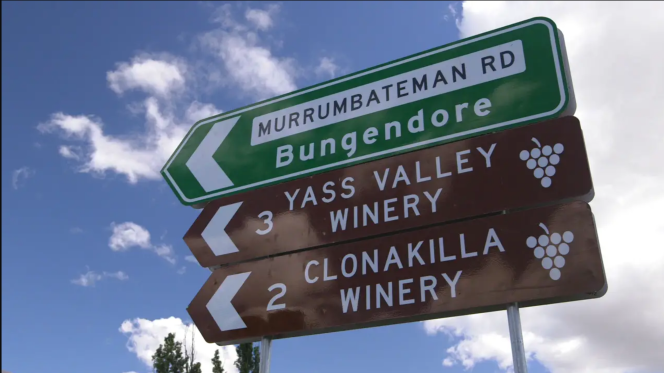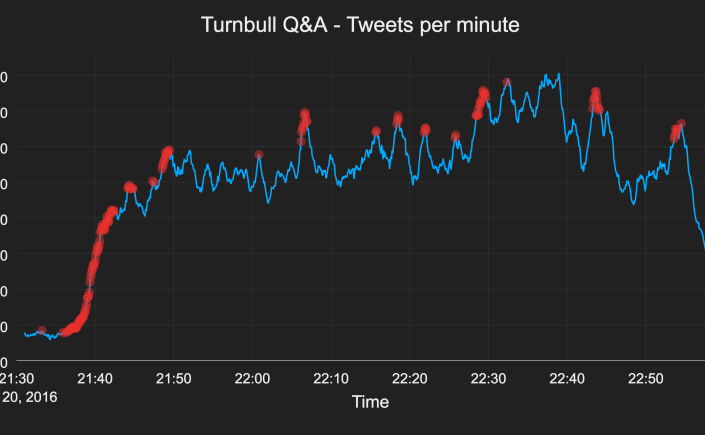This Bloomberg article on James Bond is pretty much perfect. These are some of my favourite things: data analysis, data visualization, and cheese.
I like that the authors sat through all Bond films to classify such things as:
- Time spent flirting
- Number of double entendres
- Aggregate time spent in tuxedos – with (or the morning after adventurous nights) without jacket
I also like that the method of data gathering and delineation of time in/out of tuxedos (or shirts) is precisely specified. Accuracy is important in maintaining significance and respectability.
Also important is the attention to detail in Bond’s romantic escapades, and kudos must go to the authors for including “making eyes” in this category – an easily missed, but crucial and subtle part of any Bond film worth its salt.
Scoldings from M, Q and anyone else alphabetically named are all scientifically categorised. Gadgets are carefully distinguished from plain, unsophisticated weapons.
Poker, Baccarat, and a kaleidoscope of cocktails do not escape the authors’ scrutiny, and of most importance is recognition of Bond’s surname first self introductions.
What I like most of all of is the deep, rewarding insights the authors have uncovered:
- Sean Connery spent the most time in top drawer dress, followed by Daniel Craig
- Connery was also the most shirtless of all bonds (possibly a reason to stick to the newer ones)
- Daniel Craig managed to find something other than romance to do for over 95% of his movies. It must be hard resisting the temptations of being so tempting.
- The safest Bond to hook up with is Timothy Dalton, the only Bond to have no love interests perish during their movies. Of course, Timothy Dalton may not be the most appealing Bond to choose from, and so perhaps some of the others are worth the risk.
- If you want an Aston Martin to stay in good shape, give it to me, not James Bond. Please.
- Brosnan’s Bond was the most prolific with puns and double entendres. Perhaps if he was more focused on delivering value, his movies would have been more appealing.
Particularly worth attention, I think, is the in-depth analysis of correlation between flirting, love interest and mortality for Bond’s female companions. While most Bonds manage to endanger their love interests to the point of fatality in at least some of their movies, Craig, Connery and Moore all manage to lose two love interests in the same movie at least once.
I love the timelines of each movie, which reveal the typically short timeframe Bond takes to recover from the loss of a loved one before moving onto the next opportunity:



If only all scientific method was so exhaustive. Most recommended, A+++, would buy again.
Read the original article here.












